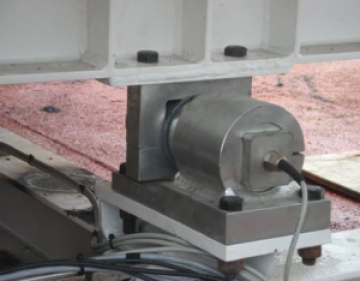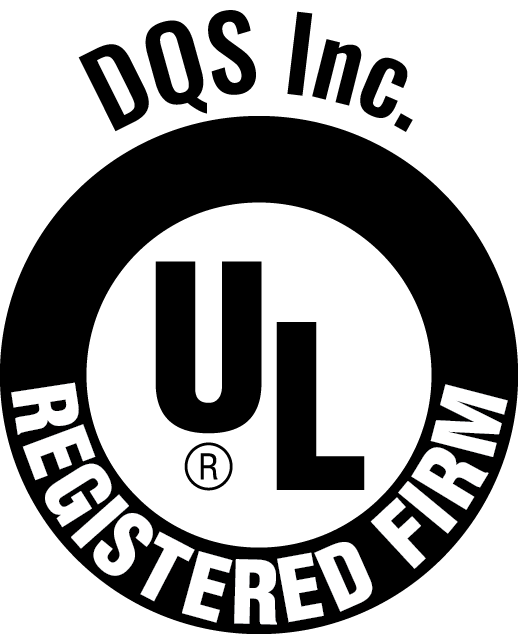In late 2010 we supported a Trinity Offshore project in Vancouver, BC by instrumenting a custom cable-laying barge for tension, speed and payout monitoring of the cable. Trinity built this specialized barge to deploy cable for the telecommunications and electrical industry. One of the primary challenges with laying sub-sea cable is that the cable has to be laid in one continuous line without connectors. This means that if you lay your cable too slowly, the cable could bend and kink under its own weight, but if you lay too quickly you can pull the cable apart. Once bent or stretched, the entire span (which in Trinity’s case this last summer was several miles long) has to be rebuilt. Here is a picture of the continuous cable coiled ready for deployment.
Cable Coiled for Deployment
The Trinity Offshore team requested that we provide a solution that allows their line engineer to monitor the cable deployment for both tension and speed. Their cable runs from a forward rotating drum to the stern chute. The cable is fed through an LCM and over a chute into the water. Here is an image of the chute.
Here’s how they instrumented the chute with one of four load pins.

Load Pins on Chute
The speed and payout was measured by installing two proximity sensors on a wheel assembly. Due to gravity, the wheel maintains contact with the cable and turns as the cable spools out. The spokes provide the targets for the proximity sensors. The proximity sensors are slightly staggered to provide the proper waveform to determine payout and direction.
Proximity Sensor used to determine payout and direction
Monitoring tension was a more involved calculation because it wasn’t feasible to measure the cable tension directly. To measure the cable tension we looked at the force on the chute. However, the chute was resting on four points instead of two. We initially developed a custom firmware application to handle this specific application with a dual-axis load cell, but the output was too noisy and of insufficient amplitude. On the fly, our onsite engineer developed a solution with Trinity in which two of the horizontal load cells were rotated 90 degrees. The result was that we used all four load cells to measure load in the vertical direction, and an inclinometer on the chute to measure the angle of the cable as it came of the chute relative to gravity. Our LCI-90i unit summed the four load cells and used the inclinometer input to calculate the tension and compensate for any inaccuracies due to cable angle variations. This project demonstrates our flexibility when reacting to the difference between what is calculated on paper and what a real-world situation throws at us. MTNW’s combination of engineering, hardware, and software skills allowed us to build and deploy a solution that fit Trinity Offshore’s application exactly.


